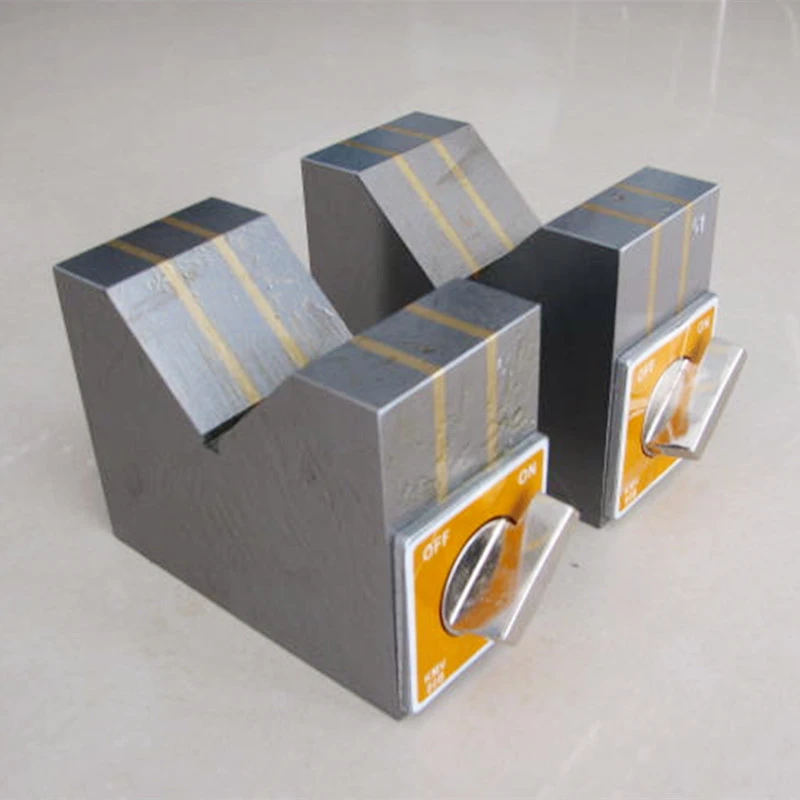des . 31, 2024 21:45 Back to list
Constructing a Durable and Functional Welding Table for Your Workshop
Building a Welding Table Essential Tips and Considerations
Having a dedicated welding table is crucial for any welder, whether you’re a hobbyist or a professional. A welding table provides a stable, flat surface for your projects, ensuring precision and safety during the welding process. In this article, we will discuss the key components and considerations to keep in mind when building your own welding table.
Planning Your Welding Table
The first step in building a welding table is to determine its size and design. The ideal size will depend on the types of projects you typically undertake. For most welding tasks, a table that measures 4 feet by 2 feet or 5 feet by 3 feet is sufficient. However, if you frequently work on larger projects, consider making your table even bigger.
When designing your table, think about the material thickness as well. A thicker top will provide better stability and resistance to warping from heat. Metal tops, often made from mild steel, are common due to their durability and ability to withstand high temperatures. Consider a thickness of at least 1/4 inch for optimum performance.
Also, think about incorporating a welding table that has built-in work clamps or holes for securing your workpieces. This will make it easier to hold materials in place while you work, improving both safety and precision.
Selecting Materials
Once you’ve settled on the design, it’s time to choose materials. The main components of your welding table will include the tabletop itself and the frame. For the tabletop, as mentioned earlier, mild steel is a popular choice. It is affordable and has excellent heat resistance.
For the frame, you can use square tubing or angle iron. The frame should be robust enough to support the weight of your projects. A typical frame made from 2x2-inch square tubing is a good option for strength and stability. Additionally, adding caster wheels to the legs can improve the table's mobility, making it easier to move around your workspace.
Welding Techniques
building a welding table

When it comes time to weld your table, make sure you choose an appropriate welding technique. MIG (Metal Inert Gas) welding is commonly used for building welding tables due to its ease of use and speed. It is ideal for beginners and provides strong welds when done correctly. However, if you're more experienced, you might opt for TIG (Tungsten Inert Gas) welding for finer control over the welds.
Before beginning, ensure that all metal pieces are properly cleaned and free from rust or coatings that can affect the welding process. Tack weld the pieces together first and then complete the welds to ensure accuracy.
Finishing Touches
After constructing the table, consider giving it a protective finish to enhance its durability. A coat of high-temperature paint can protect against rust and help resist the wear and tear from welding spatter. It also gives your table a polished look.
You may also want to add accessories such as a built-in vise or storage drawers for your tools and supplies. This will not only save space but also keep your workspace organized and efficient.
Safety Considerations
Safety should always be a priority when welding. Ensure that your table is stable and doesn’t wobble, as this can lead to accidents. Maintain a clean workspace free from flammable materials and keep a fire extinguisher on hand. Also, always wear appropriate personal protective equipment (PPE), including welding helmets, gloves, and protective clothing.
Conclusion
Building a welding table tailored to your needs can significantly enhance your welding experience. By taking the time to carefully plan and construct your table, you’ll create a sturdy workspace that promotes safety and precision in your projects. Whether you are working on automotive repairs, artistic metalwork, or structural projects, a well-designed welding table will serve as a foundation for your success.
-
Why Metric Trapezoidal Thread is Ideal for Precision Motion ControlNewsAug.05,2025
-
The Unique Properties of a Block of Granite for Industrial UseNewsAug.05,2025
-
The Role of Flanged Y Strainers in Preventing Pipeline ClogsNewsAug.05,2025
-
The Importance of Regular Calibration for Master Ring GagesNewsAug.05,2025
-
How a Cast Iron Surface Table Enhances Accuracy in ManufacturingNewsAug.05,2025
-
Comparing Different Check Valve Types for Optimal Flow ControlNewsAug.05,2025
Related PRODUCTS









